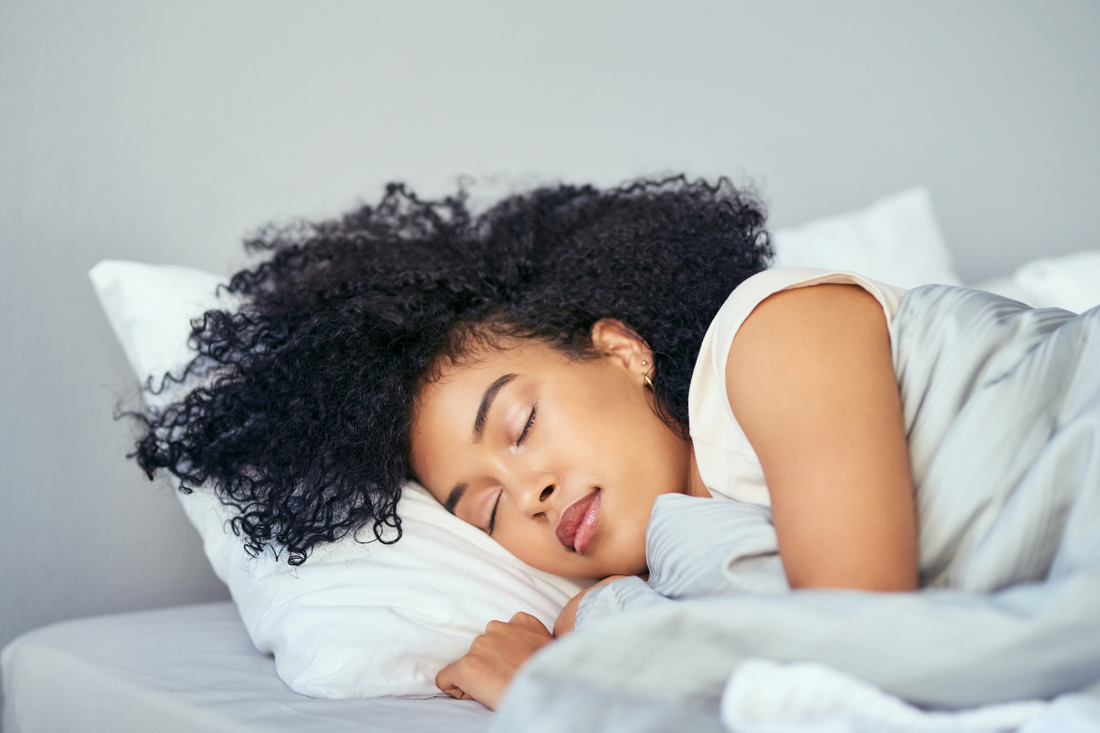
5 Ways to Get a Better Night’s Sleep with COPD
Share
More than 75% of people with COPD report trouble sleeping, according to the Sleep Foundation. Read on to learn some tricks for getting better sleep with COPD.
Table of Contents
Summary Points:
- Avoid Daytime Napping: Long naps can disrupt your natural sleep cycle, leading to increased fatigue. Keep naps under 30 minutes if needed.
- Adjust Your Sleep Position: Sleeping on your side with your head slightly elevated can reduce pressure on the lungs and improve sleep quality.
- Be Active During the Day: Regular exercise helps you get better sleep and manage COPD symptoms more effectively.
- Unplug: Avoid screens before bedtime to help your brain relax and allow your body to produce melatonin for better sleep.
- Oxygen Therapy: If you’re losing oxygen at night, supplemental oxygen may improve your sleep, but consult your doctor first.
- PEP Buddy: A portable, clinically proven device that reduces breathlessness and supports better sleep by preventing oxygen declines.
1. Avoid Daytime Napping
Getting a better night’s sleep starts during the day. Prolonged daytime napping can interrupt your body’s natural sleep cycle and can actually increase your level of fatigue during the day. If you absolutely need to take a nap, try to keep it under 30 minutes.
2. Adjust Your Sleep Position
The worst sleep positions for people with COPD are those where you are completely flat (causing increased pressure on your lungs), such as lying flat on your back or on your stomach. To improve breath quality while you sleep, sleep on your side with your head slightly elevated with a pillow. This position keeps your airways more open and can reduce acid reflux, which is common among COPD patients.
3. Be Active During the Day
Exercise is an important step in managing your COPD symptoms, and it can also wear you out enough to help you sleep better at night. Learn more about exercising with COPD here.
4. Unplug
By giving yourself a half-hour to hour window before bed without the stimulation of your screens (phones, tablets, computers, television), you help your brain calm down and avoid blue light. Blue light can inhibit your body’s production of melatonin, which is a hormone that helps you to fall asleep.
5. Ask Your Doctor About Oxygen Therapy
If you have COPD, you are likely losing blood oxygen while you sleep. By using supplemental oxygen at night, you may allow yourself to get a better night’s sleep. Be sure to consult your doctor before beginning any oxygen therapy.
PEP Buddy: Better Breathing, Backed by Science
PEP Buddy is an easy-to-use, hands-free breathing device that relieves breathlessness. Among people with COPD/Emphysema, 72% of people experienced a significant reduction in their shortness of breath or breathlessness thanks to PEP Buddy. Better breathing leads to improved quality of life and the ability to do more and be more active.
PEP Buddy may prevent significant declines in blood oxygen levels during activity. The use of PEP Buddy improves the oxygen level in 36% of people with COPD who drop their blood oxygen levels during exercise.
Learn more about easing your shortness of breath with PEP Buddy today.This blog is for educational purposes only; talk to your provider to understand recommendations specific to you.
